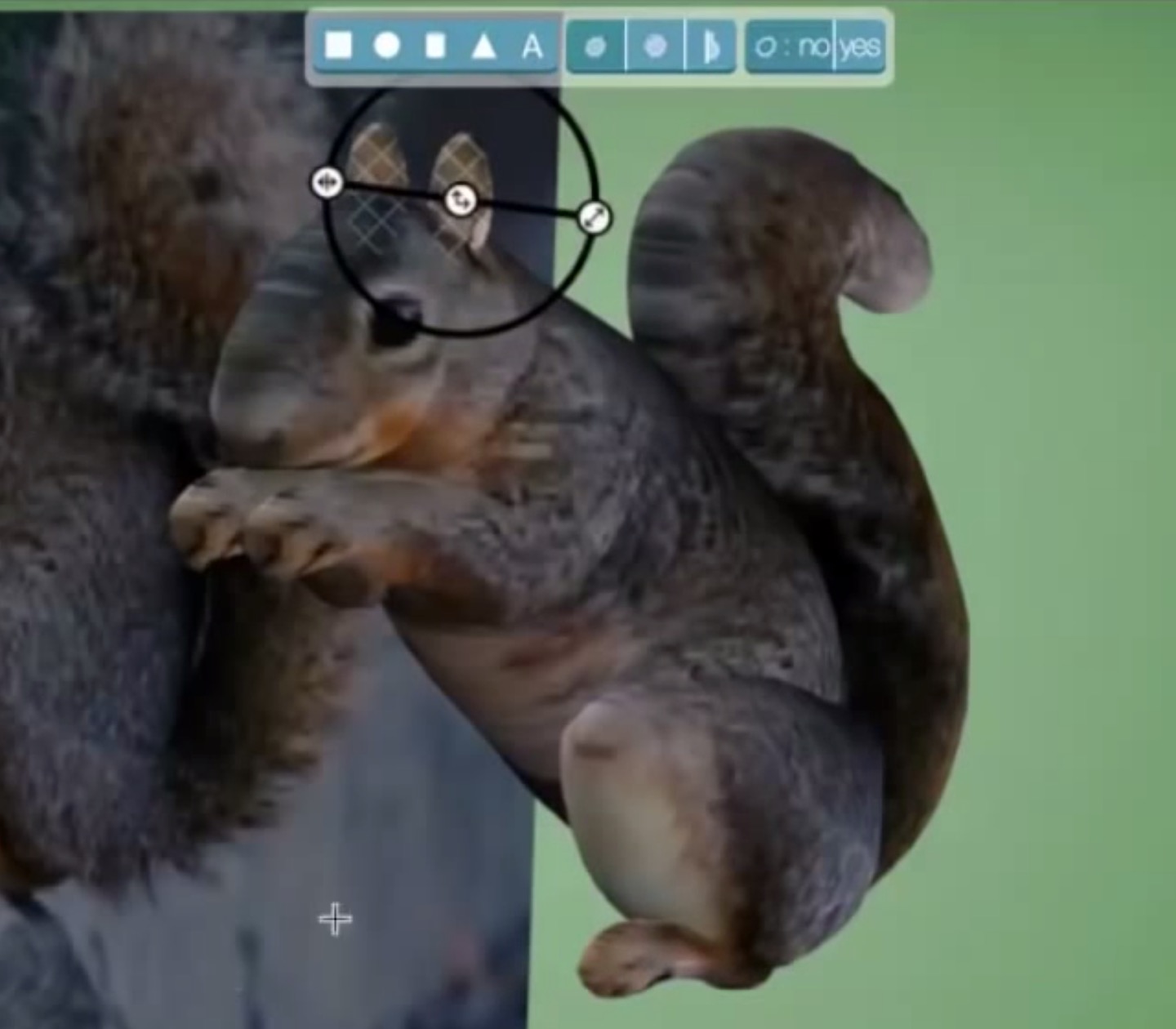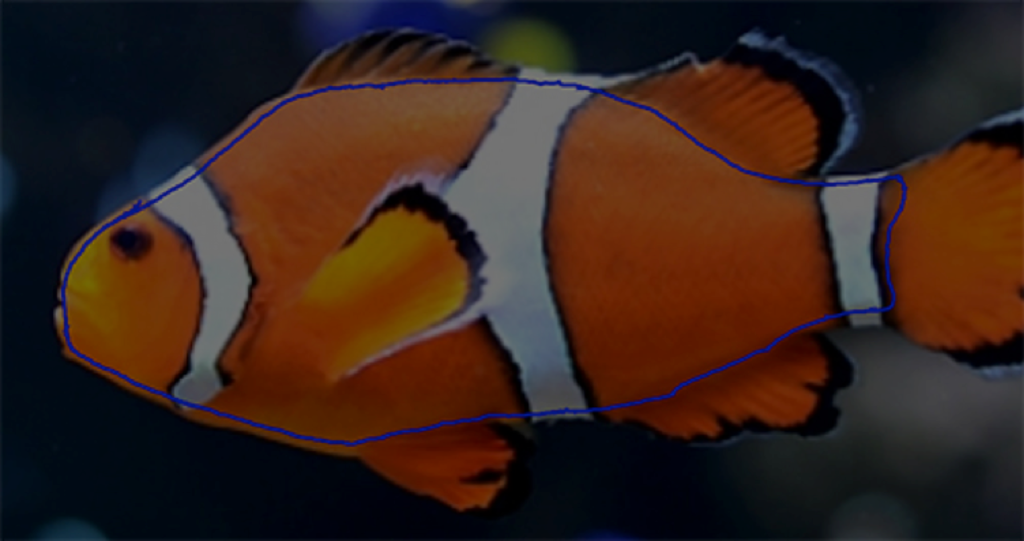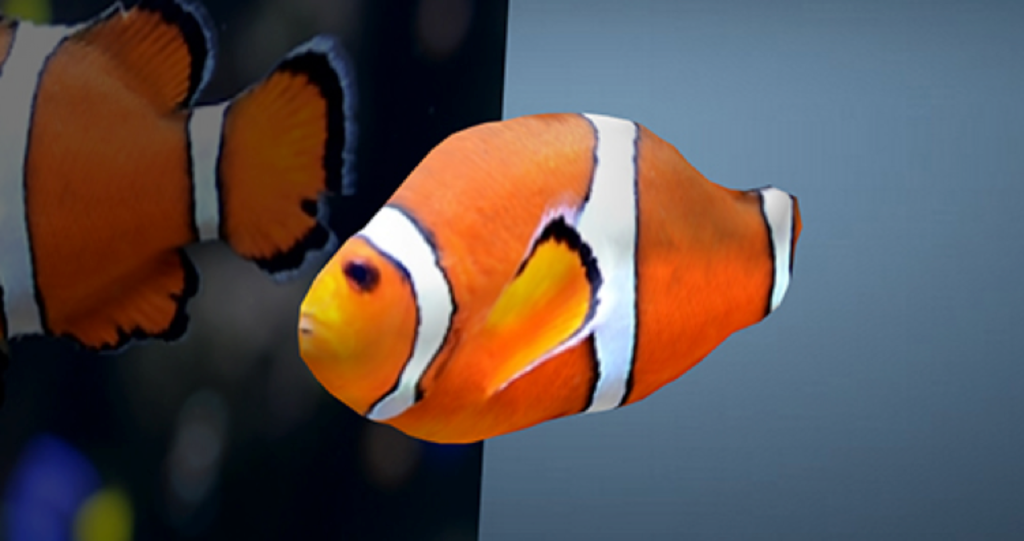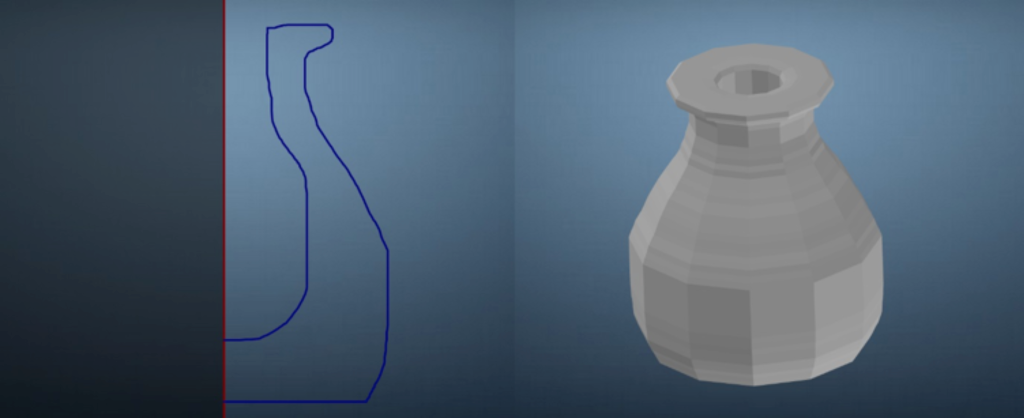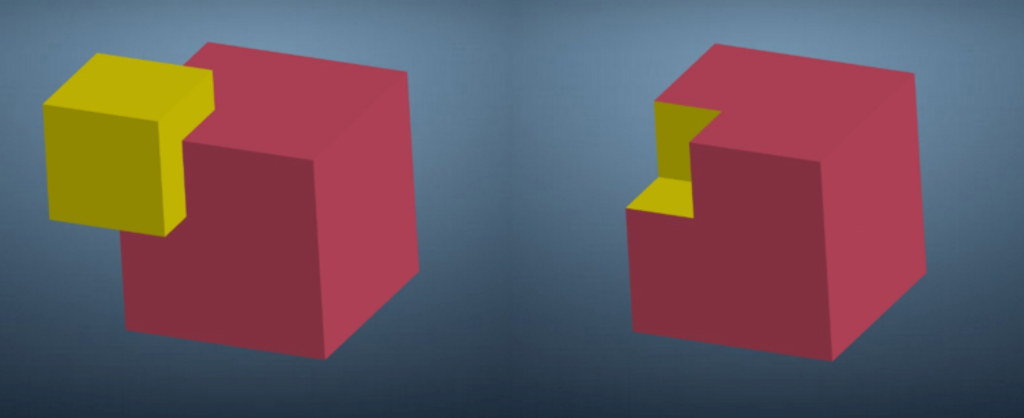To truly exploit 3D printing technology you need to be able to make your own models. This is a big stumbling block for many people for a few reasons, firstly just the cost – professional CAD tools are often prohibitively expensive and out of reach for many people. And secondly they often take a lot of time to learn, which many people don’t have.
Thankfully there are a number of free alternatives – notably Blender, OpenSCAD and Autodesk 123D. There is however a new tool, Smoothie-3D, which is a free web application that aims for the easy creation of 3D models.
The first version was released in January 2015, so keep in mind this software is still very new and is in active development. It’s also important to note this software is not meant to compete with the likes of Blender – it is a simple and less powerful tool, but much easier to learn.
The first thing to look at is the user interface and ease of use. Smoothie-3D is entirely web based meaning there is nothing to download and all files are stored in the cloud, so as long as you have access to the Internet you can open your projects.
The user interface might be a little confusing at first, which isn’t that unusual for 3D modeling software. Documentation exists but is lacking detail; camera manipulation, for example, is something that isn’t explained well. To rotate or pan the camera you click and drag the cursor over the square in the top left. The help document does not explicitly explain this, however it can be worked out by watching the demo videos. There are a few other cases where tools aren’t fully explained, so it would be nice to see the developers create a full user guide or quick start guide.
The workflow for Smoothie-3D is relatively simple. Firstly you import an image, both to aid in creating a model and for projecting a texture onto the model. Next, draw a line onto the canvas over the photograph and the software creates a primitive 3D model which conforms to this line and projects the image onto the model. You can then deform this shape in a few ways, like scaling or rotation. You can also mirror the mesh along each axis which is an essential tool for many projects.
The blue line in the image below is an attempt at following the outline of the fish, making sure to leave a little space will prevent texture issues.
That line was used to create this 3D model below.
This is the completed fish imported into Autodesk Maya. Whilst it would be possible to create a better model with other software, it only took around 5 -10 minutes to create this.
Most objects will have to be made up of multiple models on top of each other. It is quite a fun way of working, and it functions well for the most part. There are limitations however, meaning you cannot create highly complex objects. The scaling tools are a little inaccurate and there is no way to move vertices individually. These limitations are tolerable, but the most glaring issue is the lack of an undo tool!
A welcome addition to the software is the ability to create circular shapes based on a curve using the revolve tool. If you have used programs like Autodesk Maya you might be familiar with this tool, as it operates almost exactly the same. You simply draw a profile curve and the software rotates/sweeps this around 360⁰ to make a circular object. The image below illustrates this.
This tool is perfect for making things like vases, which are a very popular object to 3D print.
A nice surprise to find is the Booleans tools. This involves using intersecting objects to subtract or merge geometry (see image below). It’s clear this is still a work in progress as it’s a little awkward, but it is a nice feature.
Generally speaking the quality of the models is adequate, they are all manifold (watertight) with no errors. One issue that comes up is the smoothing function sometimes causes there to be no flat surfaces, which means that the object can’t be printed without a support structure. This can be easily fixed in Maya or Meshmixer, but it means some models made in Smoothie-3D are not ready to print on an FDM printer.
Smoothie-3D has full integration with Sketchfab, Shapeways, i.materialise and Thingiverse. Or you can export your model to STL for printing or OBJ for further editing.
It is surprising how robust Smoothie-3D is, but there is still a long way to go. It is a niche product, so it will never really compete with the likes of Blender and OpenSCAD, but if work continues on this project it could become quite useful for specific purposes, namely creating simple but fully textured models extremely quickly. An ideal use for this software would be to introduce kids to 3D design or 3D printing.
Via Smoothie-3D
Fabbaloo correspondent Marcus Rockcliffe is a 3D designer and 3D printing technical expert at Creative 3D, a UK based 3D printer retailer and 3D printing Service Bureau.

